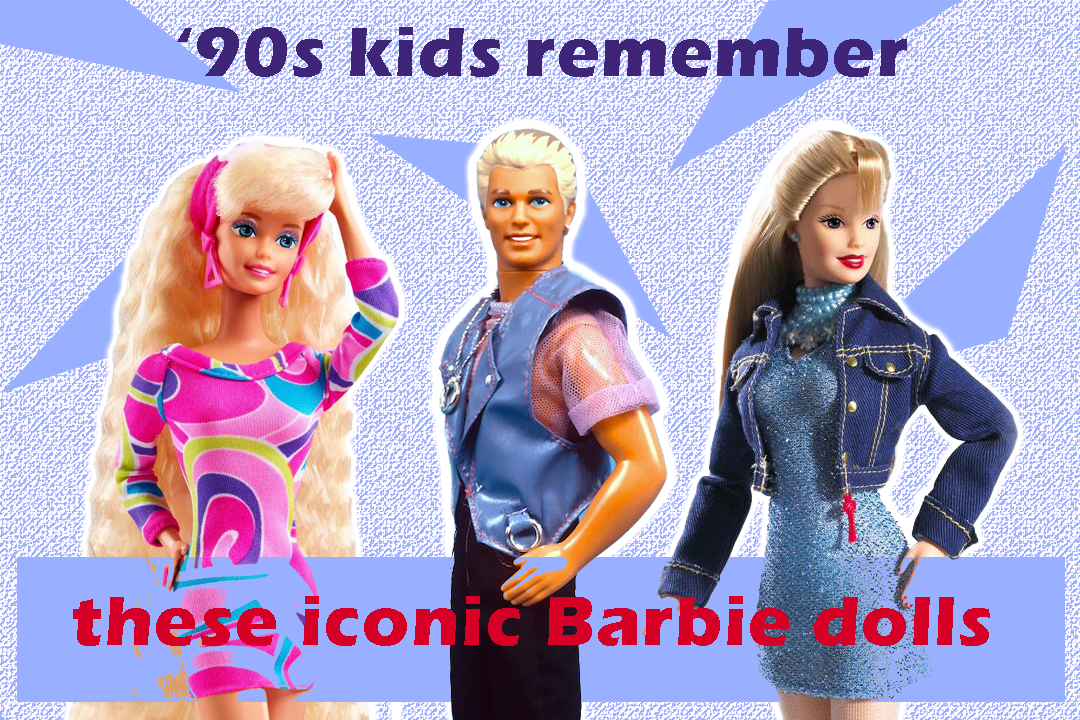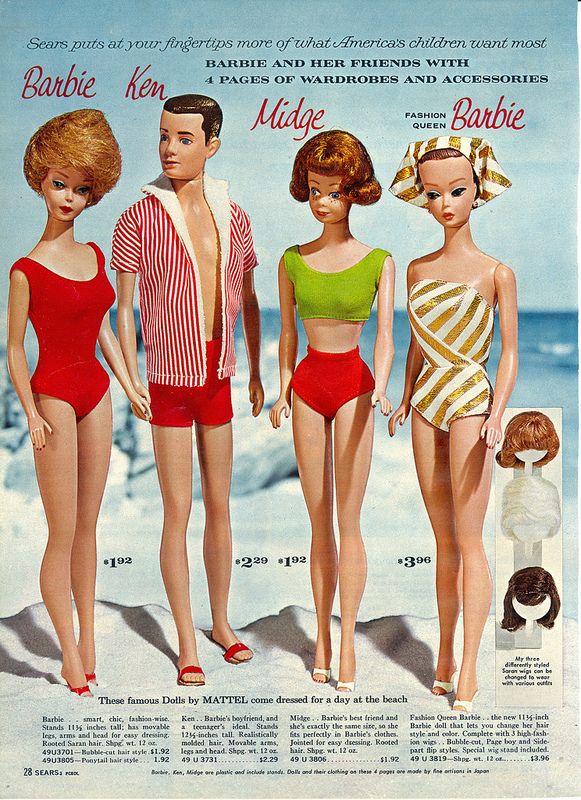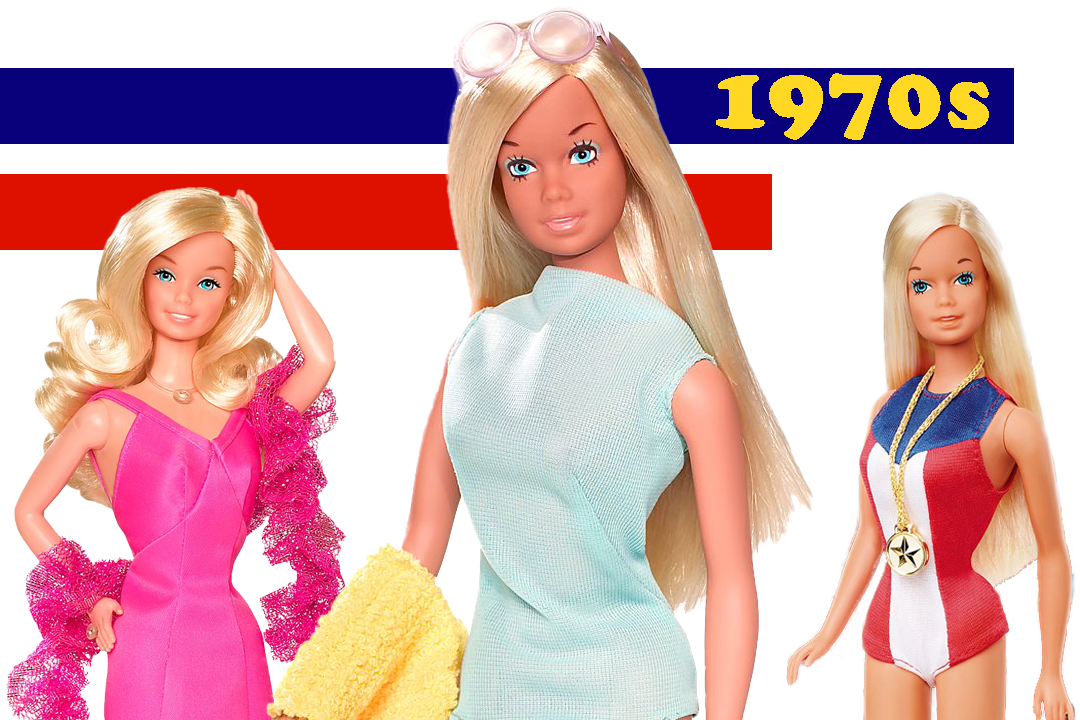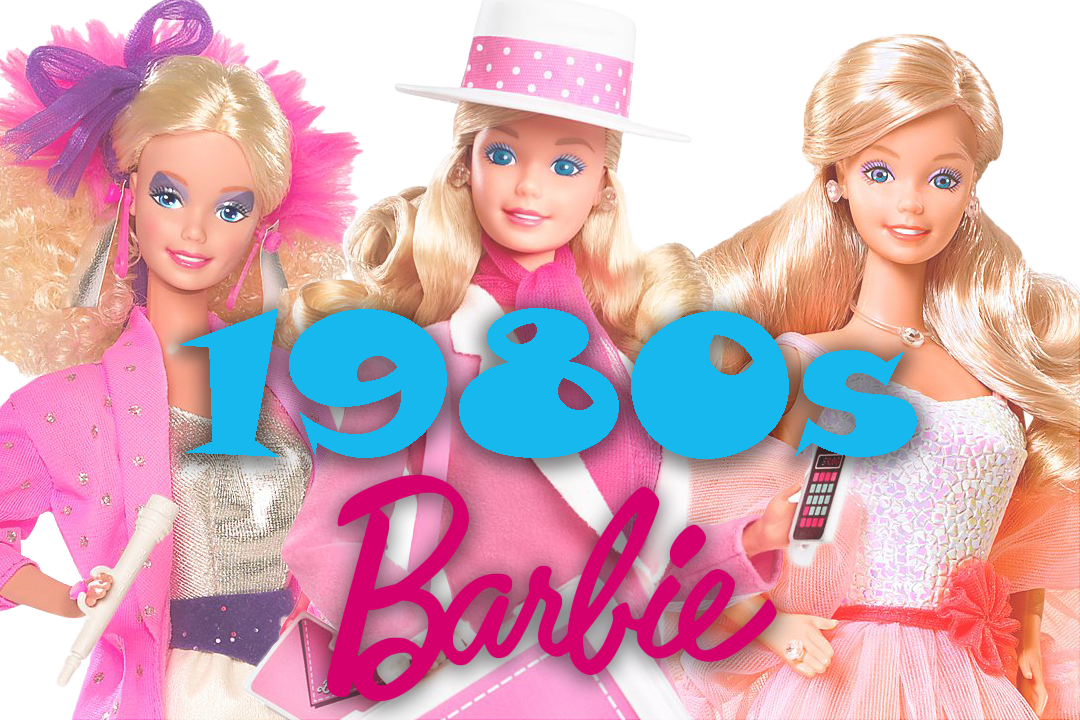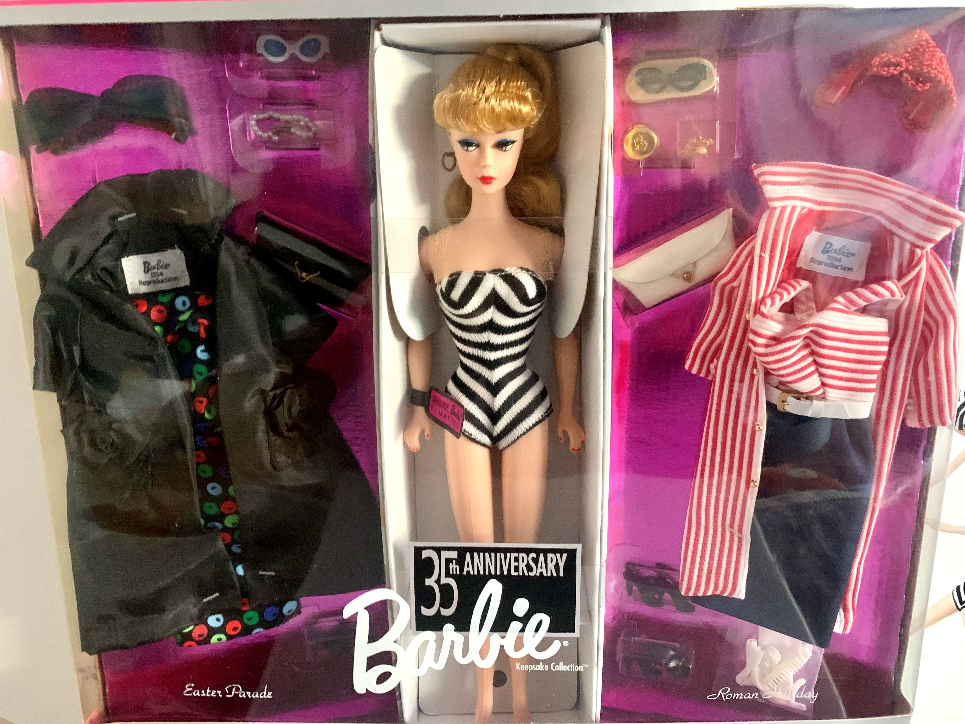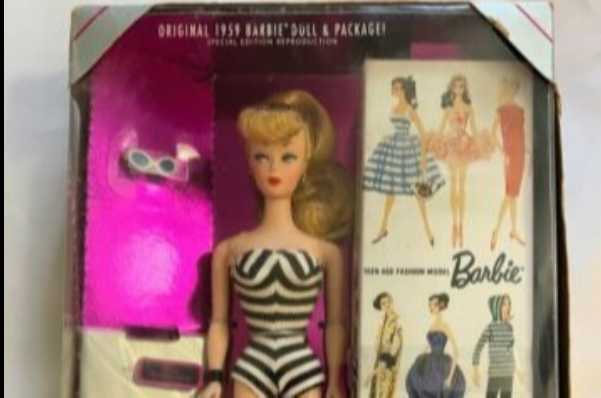Were you a ‘90s kid? Then you’ll probably probably remember some of these iconic Barbie dolls from the decade.
10. Bead Blast Barbie
Image: Amazon
Released in 1997, the Bead Blast line featured a new hair gimmick: colorful beads that could be threaded onto Barbie’s hair with the use of a special tool. Bead Blast Barbie was available in four variations: blonde, redhead, brunette, and African American. Each doll wore a colorful striped minidress and had long, straight hair with bangs. The dolls in this series were some of the first playline dolls to use the Mackie head mold. A special variant doll is an African American Bead Blast doll with the Christie head mold instead of the Nichelle mold used for most of the African American dolls.
9. Ocean Friends Barbie and Baby Keiko the Whale
Image: Amazon
Riding on the success of the “Free Willy” franchise was the Ocean Friends line, which featured Barbie, Kira, Ken, and their accompanying animal friends. The line was released in 1996. Barbie came with an orca whale named Keiko who could “jump” out of the water after being held under and let go. Her wetsuit disappears and reappears in water. Popular with kids at the time, Ocean Friends Barbie is plentiful on the secondary market.
8. Kelly
Image: Amazon
Kelly was introduced as Barbie’s “baby sister” in 1995. A popular addition to the family, Kelly was a part of the Barbie line until 2010. Kelly started as the “baby” character of the Barbie line, with playsets focused around feeding, bathing, and bedtime, but soon grew into the “toddler” stage. Kelly also had an abundance of friends throughout the late ‘90s and early to mid-2000s. She also made appearances in many of the early Barbie movies, which were frequently framed as stories being told to Kelly by Barbie. In Europe and Canada, Kelly was known as Shelly.
7. Hula Hair Barbie
Image: Box art, Amazon
With her long, sunset-colored hair, Hula Hair Barbie was a hit with kids. Shades of yellow, orange, and hot pink made up most of her hair, and she wore a tropical-themed orange-and-gold swimsuit with a long grass skirt. This doll had an articulated body with flat feet, allowing her to hold hula poses. Barbie was available in Caucasian and African American versions, and Teresa was also a part of the line.
6. 1995 Teacher Barbie
Image: Amazon
Teaching has been a popular career for Barbie, starting with the release of 1965’s Student Teacher outfit. The 1995 Teacher Barbie sold out so fast, rumors began circling that a recall was responsible for the shortage. The reason for the supposed recall? The first issue of dolls used an embossed texture on the plastic to simulate underwear, but because the plastic was the same color as the rest of Barbie’s skin and Barbie’s skirt was short and flared, some people said it appeared the doll was not wearing underwear. Halfway through production, Mattel added fabric panties to the doll. Holiday demand for the doll was so high, though, that both versions sold out before Christmas, prompting the recall rumors.
5. Workin’ Out Barbie
Image: {iannis} via Flickr
Workin’ Out Barbie from 1996 used the modified version of the TNT body with a more flexible waist, flat feet and jointed elbows and knees, giving her extra flexibility. She wore an iconic bright pink patterned workout outfit with suction cup shoes. The shoes allowed Barbie to attach to a hard surface so she could stand on her own and be posed in workout positions. The doll came with workout accessories and a cassette with Barbie songs for the child to listen to.
4. Earring Magic Ken
Image: HowStuffWorks
Earring Magic Barbie turned heads in 1993 with her hot pink pleather minidress, but it was Earring Magic Ken who caused one of the biggest controversies in Barbie history. Ken’s jewelry, clothing, and hairstyle led some observers to associate him with stereotypes of gay men at the time. The Earring Magic Ken dolls actually sold out before Christmas 1993, which is largely attributed to interest from the gay community. The reason for Ken’s redesign was actually a survey put out by Mattel where they asked girls whether they wanted Barbie to continue going out with Ken or to have a new boyfriend. The feedback they received was that Barbie should keep Ken, but he needed to look “cooler.” Earring Magic Ken was the result of this feedback, but he backfired completely. Mattel ended up recalling the remaining dolls.
3. Generation Girl Barbie
Image: Stock image
The Generation Girl line, released in 1999, established the direction of the Barbie line as a whole through the next decade. The line started with six dolls: Barbie, Nichelle, Chelsie, Lara, Ana, and Tori. Mattel gave each doll a backstory and unique characteristics; a book series, computer game, and website were also published with content about the characters. This line also introduced five new face molds: the Blaine mold, Mari mold, Tori mold, Lara mold, and Generation Girl/CEO mold. The Lara mold became very popular and was used on many collector and playline dolls throughout the 2000s, while the Generation Girl mold became the standard Barbie head mold until the introduction of the Millie mold in 2014.
2. Share a Smile Becky
Image: Promotional image from doll box
Share A Smile Becky was the first doll in the Barbie line to be sold with a wheelchair and sold out within two weeks of being released. Children soon realized, however, that Becky’s wheelchair could not fit through the doors of the Barbie Dreamhouse, which caused a slight controversy for Mattel. Two more Becky dolls were released: I’m the School Photographer Becky and Paralympic Becky.
1. Totally Hair Barbie
Image: Reproduction doll, via Mattel
Totally Hair Barbie from 1992 is easily the most iconic ‘90s Barbie doll. She was the best-selling Barbie of all time, with over 10 million dolls sold. She was on the market for around four years and had the longest hair of any Barbie doll produced up to that point. African American and brunette Totally Hair dolls were also produced, and this was the first time a brunette Barbie doll had been produced in 20 years (although many other characters in the Barbie line sported brunette hair during that time).
Related Blogs
Recent Blogs

Biographies and Interviews
Ana Maria, Founder of The Magical Underland Inc., Rings in the Holidays with a new kind of Christmas Tree
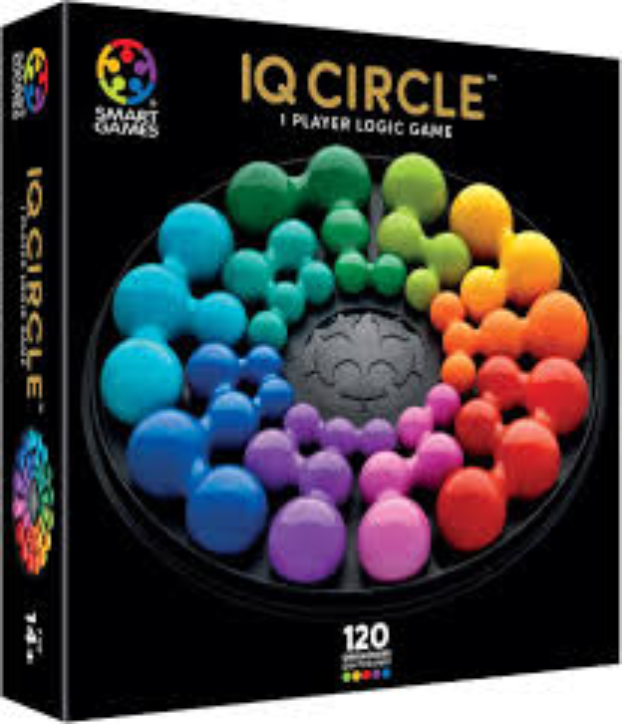
Reviews
Game Review: IQ Circle

Biographies and Interviews
Catching up with Eric Olsen, The Inventor of Flip 7 and Co-Creator of Messy Table Games
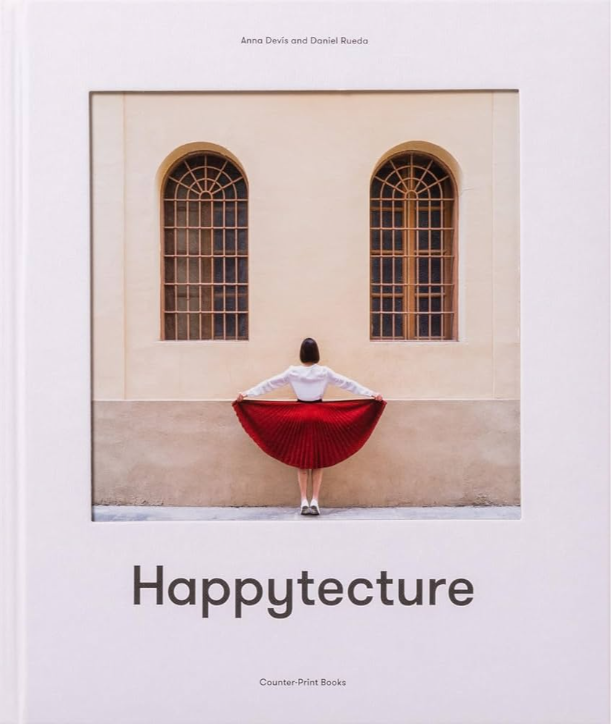
Reviews
Book Review: Happytecture by Anna Devís & Daniel Rueda
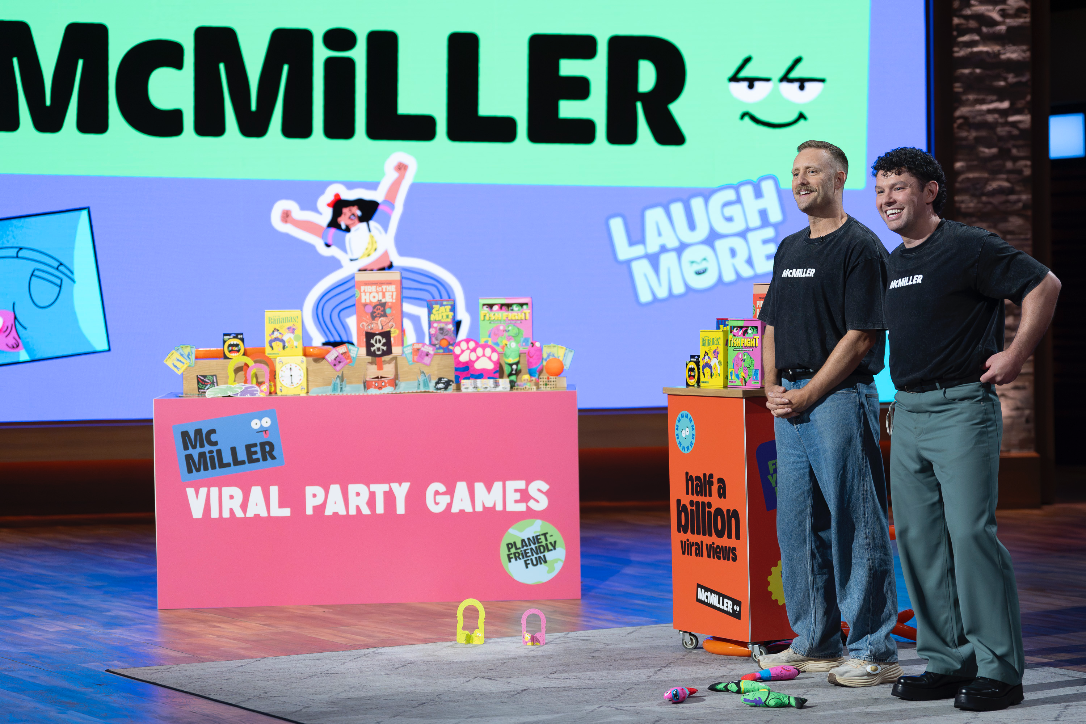
Biographies and Interviews
From Stage Lights to Game Nights: McMiller’s David & Julian on Shark Tank (Dec 10th), Viral Success & Building a Business With Your Husband
See more
Recent Wiki
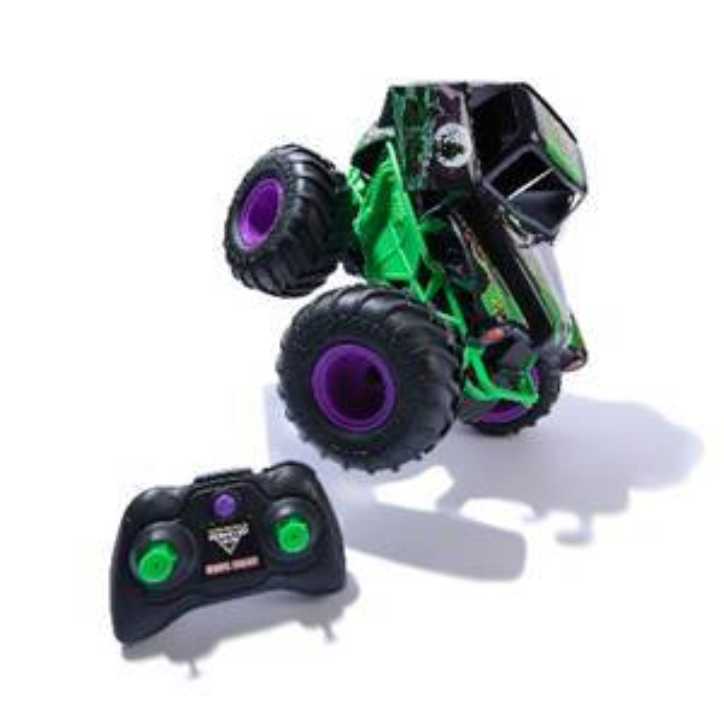
BOOK REVIEWS
Toy Review: Monster Jam Smash & Bash Grave Digger Monster Truck
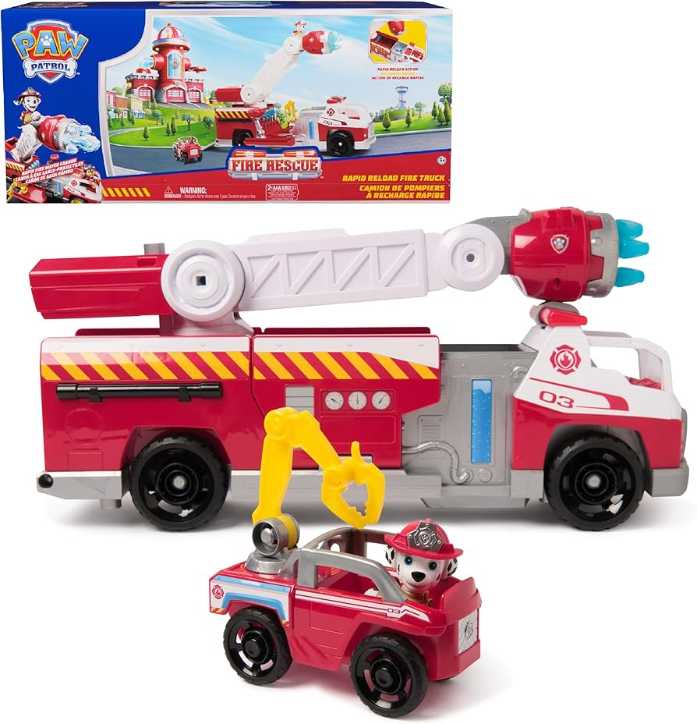
BOOK REVIEWS
Toy Review: Marshall's Rapid Rescue Fire Truck
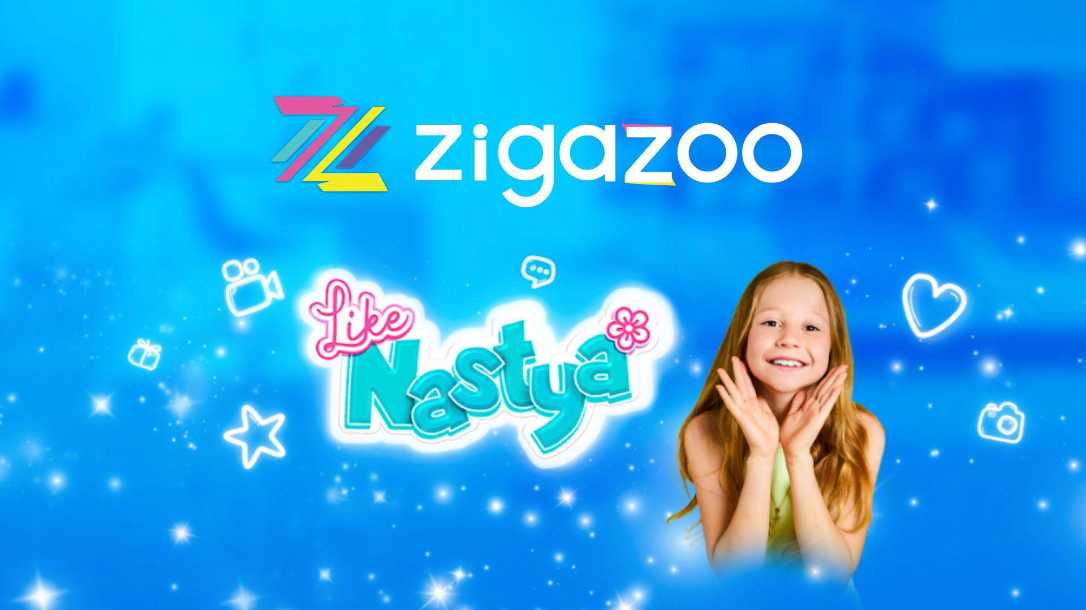
COMPANIES
Zigazoo Secures Partnership with YouTube Star Like Nastya to Inspire Millions of Kids
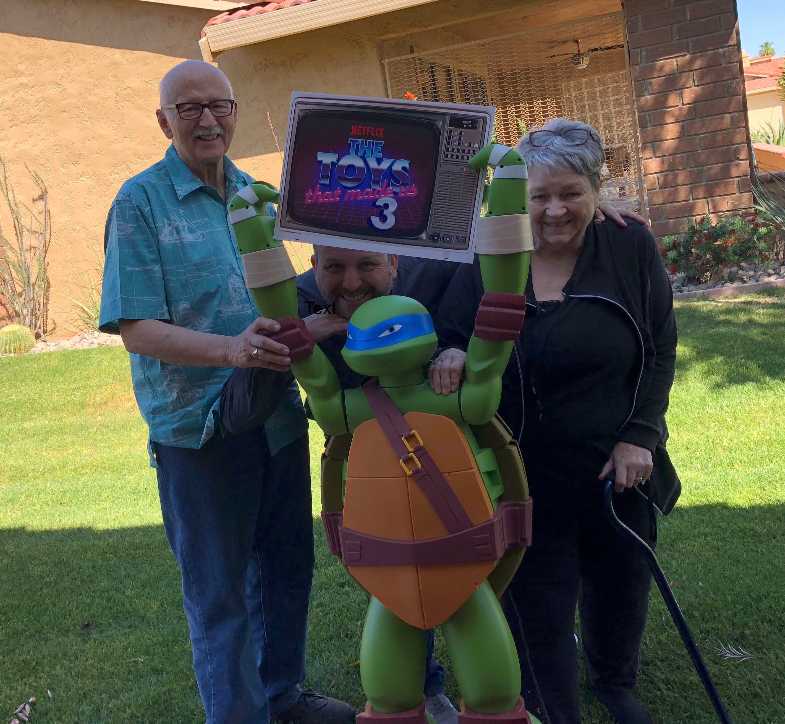
PEOPLE
A Legacy of Play: Inside the Carlson Family’s Multi-Generational Journey Through the Toy Industry
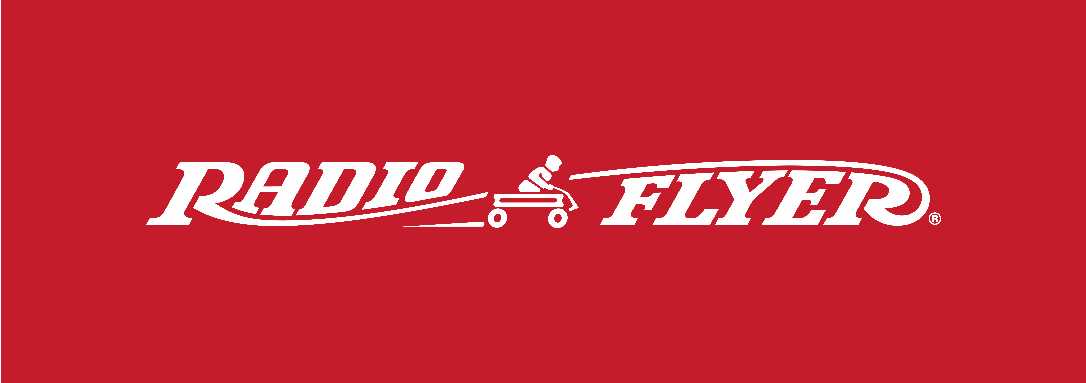
COMPANIES
Radio Flyer Studios Announces the Launch of its First Original Animated Series, Max & Maple: The Can-Do Kids
See more
POP's Got Talent

POP Entertainment
Randy Klimpert Shares his Ukulele Collection

POP Entertainment
Steve Casino Peanut Art

POP Entertainment
Everyone's Talking about POP!

POP Entertainment
Princess Etch - a Multi-Talented Etch A Sketch Artist

POP Entertainment
Joseph Herscher of Joseph' s Machines.
See more
Recent POPcast

Hidden Role: The Brains Behind your Favorite Games
Connie Vogelmann designed Apiary & Wyrmspan!

Hidden Role: The Brains Behind your Favorite Games
Bob Fuhrer... Is THE Crocodile Dentist!

Hidden Role: The Brains Behind your Favorite Games
Tom Dusenberry... Bought Atari, Wizards of the Coast, and Avalon Hill!

Hidden Role: The Brains Behind your Favorite Games
Matt Leacock created Pandemic... the game!

Hidden Role: The Brains Behind your Favorite Games
Scott Brown and Tim Swindle... are Launching a New Sport!
See more
POPDuos

POPDuos: Interviews with Legends and Leaders
POPDuo: Richard Dickson, Mattel’s President & COO, and Kedar Narayan, Young Inventor Challenge AMB

POPDuos: Interviews with Legends and Leaders
POPDuo: Will Shortz and Josh Wardle

POPDuos: Legends and Leaders Explore Creativity
POP Duo: Elan Lee, Co-Founder, Exploding Kittens.and Jeff Probst, Host and Exec Producer, Survivor

POPDuos: Legends and Leaders Explore Creativity
POP Duo: David Fuhrer, MNG Director, Blue Sq Innovations & Shawn Green, past Dodgers & Mets MLB Star

POPDuos: Legends and Leaders Explore Creativity
POP Duo: Bob Fuhrer, Founder, Nextoy and Tom Fazio, Golf Course Designer
See more




